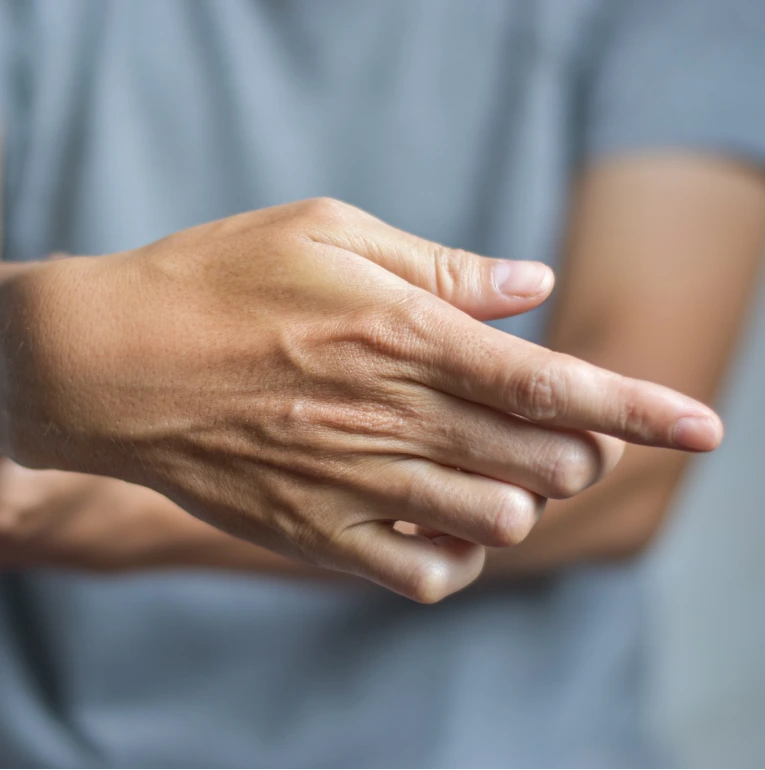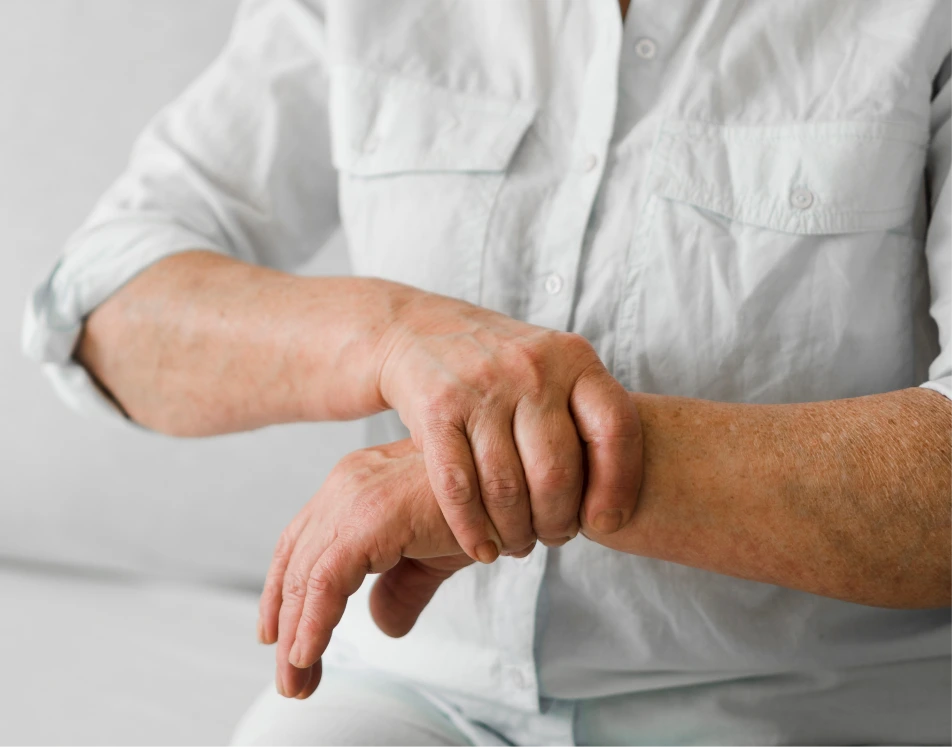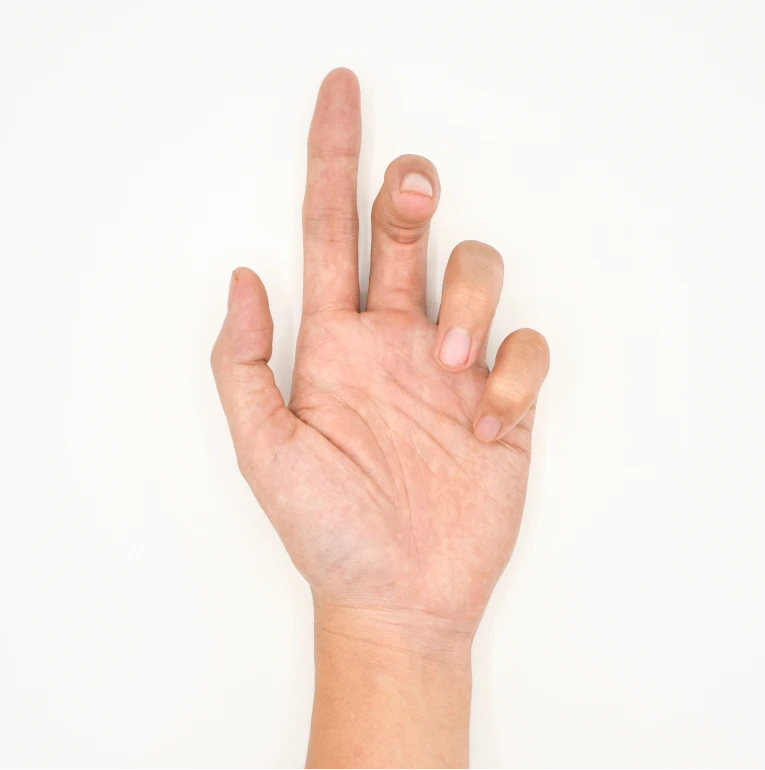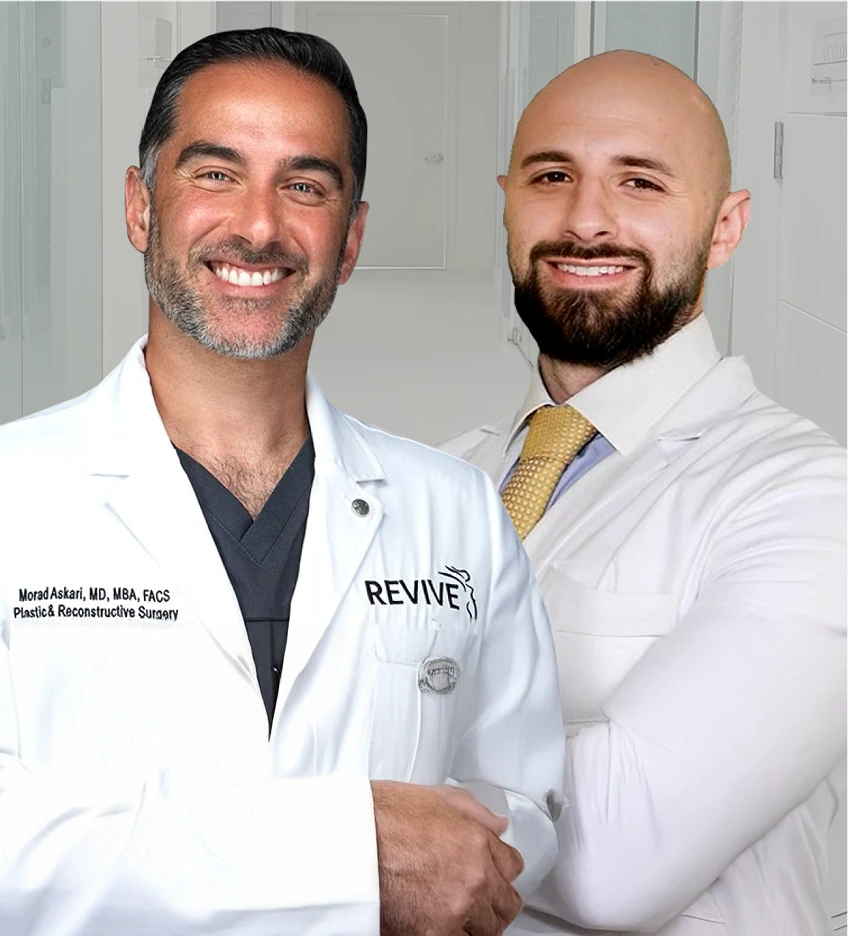Digital nerve injuries can cause persistent numbness, tingling, weakness, or sharp pain in the fingers, making everyday tasks like typing, gripping, or buttoning clothes frustrating and sometimes impossible. Patients often seek treatment to restore sensation, improve hand function, and prevent long-term complications, such as loss of dexterity or permanent nerve damage.




The cost of digital nerve injury treatment in Miami, FL typically ranges from $500 to $8,000, depending on the severity of the injury and the type of procedure required. Factors such as diagnostic testing, surgical techniques, and follow-up care can influence the overall price. Insurance coverage, the complexity of nerve repair, and any additional therapies needed for rehabilitation may also affect the final cost.

The average treatment time varies depending on the type and severity of the injury, the procedure performed, and the patient’s overall health. In general, the longevity of treatment depends on factors such as nerve healing rate, adherence to rehabilitation, and any underlying conditions.